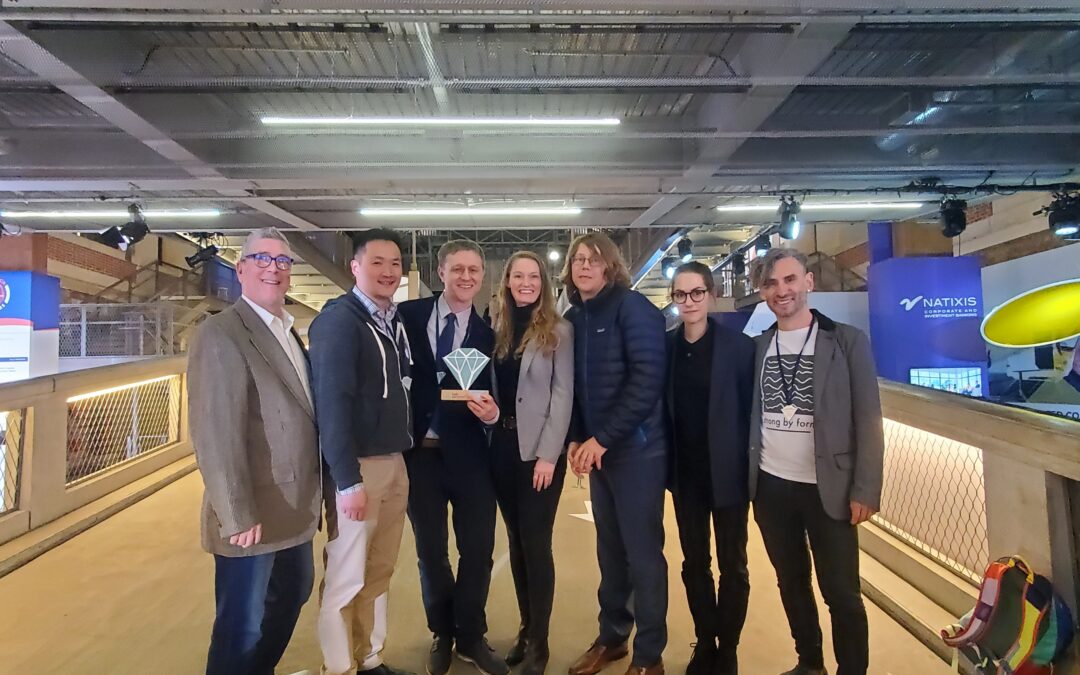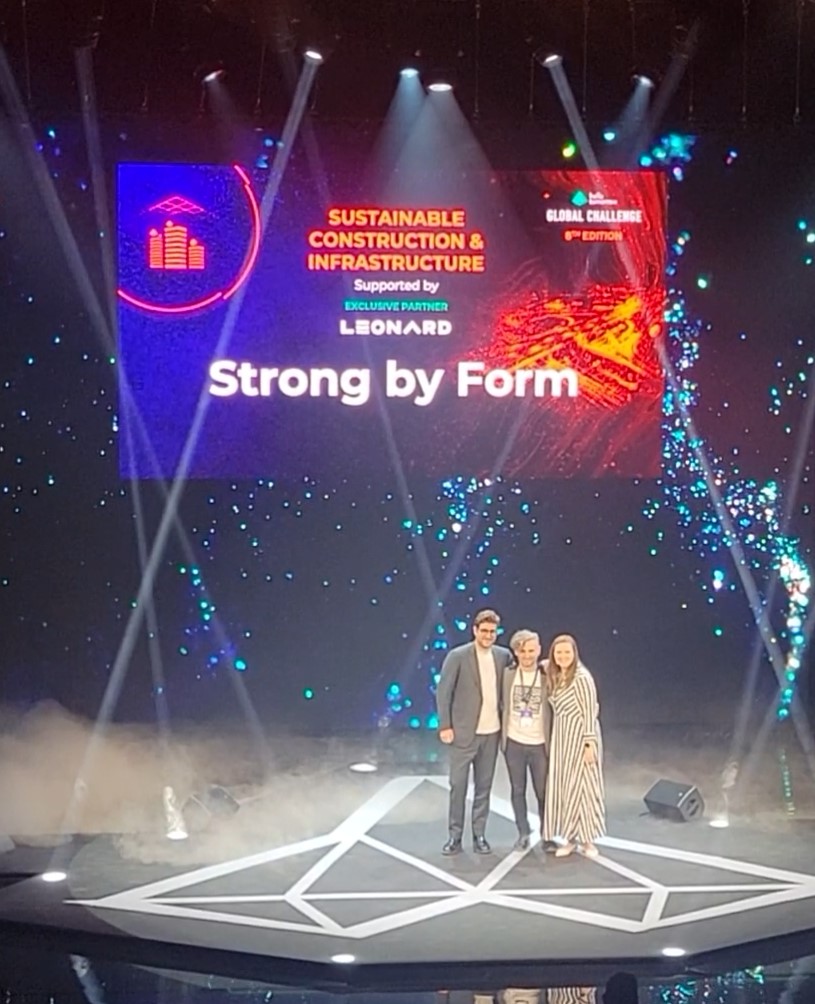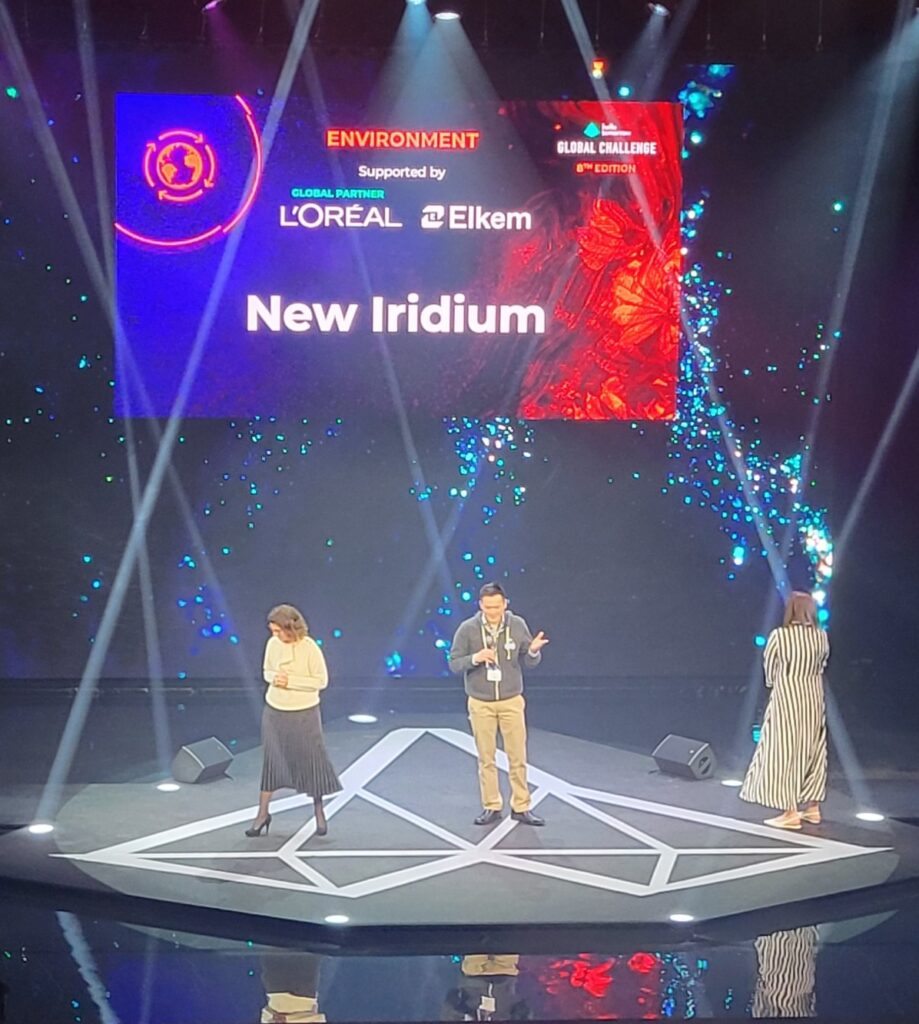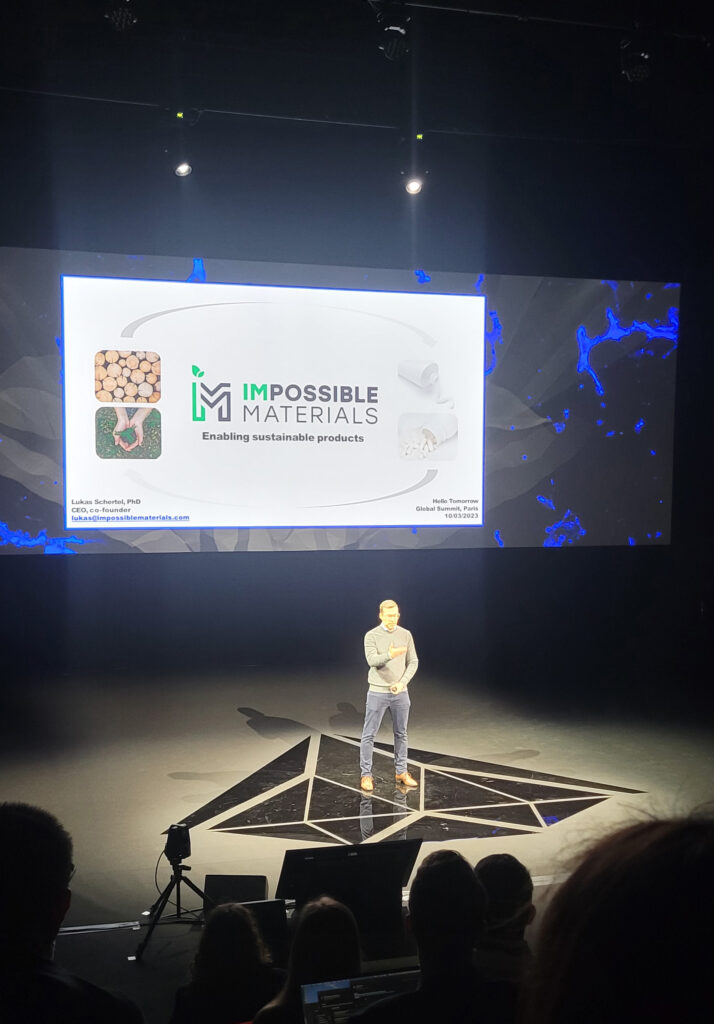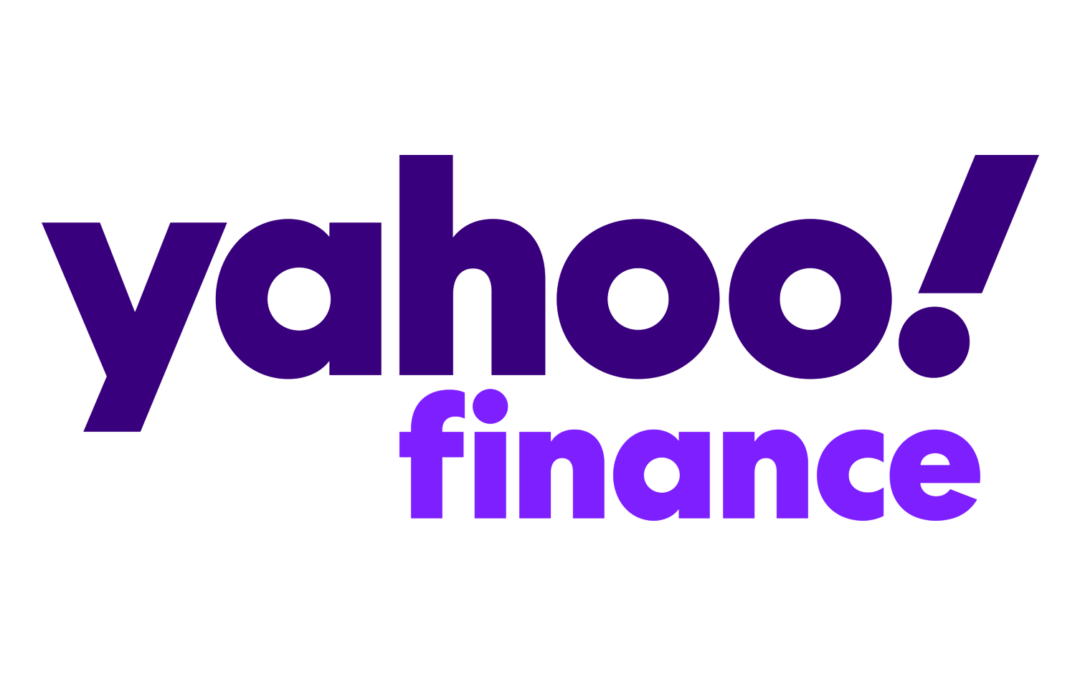3 Ray of Hope Prize Alumni Win Big at the Hello Tomorrow Deep Tech Global Summit
The judges took their seats. The lights came down. Heart rates ramped up. One by one the track finalist announcements rang out with Ray of Hope Prize Alumni winning in every track they participated in. A home run.
This was the scene at the Hello Tomorrow Deep Tech Global Summit in Paris on March 9 & 10th, 2023. This event brings together a global audience of scientists, founders, investors, and other ecosystem stakeholders aiming to solve the world’s most pressing problems through deep tech. Over these two days experts spoke on topics from agriculture to aerospace, exhibition spaces overflowed with innovative tech and the overall energy was one of inspiration and hope for the future.
We have long supported nature-inspired startups through our Ray of Hope Prize Accelerator program who are living the mission of creating technical solutions that are conducive to life, and seeing them on stage in Paris was thrilling.
But lingering in the excitement were nerves as throughout these two days over 70 startups selected from over 4,000 applicants categorized into several different tracks, graced the main stages to pitch their startups. The finalists of each of these tracks then had the opportunity to give one last pitch for the chance to win the overall $100,000 grand prize. The pressure and the stakes were great as Ray of Hope Prize Alumni were represented in three of these categories.
1. Sustainable Construction and Infrastructure Global Challenge Track, supported by Leonard. There were 6 startups in this track from the EU, UK and Chile. Our Ray of Hope Prize Alumni representation was Strong by Form from Chile, a 2022 Alumni.
2. Environment Global Challenge Track, supported by L’Oréal and Elkem. There were 7 startups in this track from the US, EU, New Zealand and Singapore. Our Ray of Hope Prize Alumni representation was New Iridium from the United States, a 2021 Alumni.
3. Industrial Biotechnology and New Materials Global Challenge Track, supported by Solvay. There were 6 startups in this track from the US, EU and Singapore. Our Ray of Hope Prize Alumni representation were Sóliome from the United States, a 2022 Alumni and Impossible Materials from Switzerland, a 2021 Alumni.
Finally, when the lights came up and the announcements were made, we celebrated wins for all three categories.

If this wasn’t amazing enough our 2022 Alumni Soliome continued on to wow the extensive judging panel, an amalgamation of all deep tech tracks, to take home 2nd prize.
It is moments like these that we realize that through the work at the Biomimicry Institute and the caliber of the startups that we have the pleasure of working with through our innovation programs we are making the mission of planetary health a reality. The Ray of Hope Prize program is a founder focused accelerator program that puts relationships before tasks, ensuring meaningful connections are made to grow a supportive community of peers to learn from and lean on throughout the startup journey. And of course to celebrate moments like this together.
We could not be more proud of our friends Micah, Anthony and Denise of Sóliome, Andrés of Strong by Form, Brent and Chern of New Iridium and Lukas and Silvia of Impossible Materials. But Andres said it best that “this is only one small demonstration of how amazing the whole Ray of Hope Prize Alumni is”. So make sure you keep track of these startups by signing up to our Innovation Newsletter, because trust me they are only getting started.
Or if you are interested in joining this incredible ecosystem of biomimicry changemakers, make sure to apply for the 2023 Ray of Hope Prize Cohort, applications are open until April 28th.
Ray of Hope Prize Alumni at Hello Tomorrow 2023
Strong by Form, Chile, 2022 Alumni
In nature, trees are able to withstand high wind and snow stresses by growing the right form, density, and fiber orientations. This allows natural wood to achieve a specific strength that is even higher than the one of steel. By combining material science with the latest digital optimization tools, Strong by Form has developed Woodflow, a fabrication technology that follows these natural form functions. Their proprietary additive manufacturing process can create high performance, ultralight, timber-based structural composites for the construction and mobility industries at a fraction of their environmental impact.
New Iridium, United States, 2021 Alumni
New Iridium has created a suite of organic chemicals that enable photocatalysis, or light-driven chemistry, eliminating the need for heavy metals or heat as catalysts. Their technology dramatically reduces the energy and time required for a wide variety of chemical reactions, lowering costs and paving the way for green chemistry to become industry standard. With products currently being used by pharmaceutical and chemical companies, New Iridium is working toward developing a platform that mimics photosynthesis by using light energy to convert water and CO2 into chemical energy.
Sóliome, United States, 2022 Alumni
Sunscreen has become a part of the daily routine for millions of consumers, however the current market choices often contain toxic chemicals or are damaging to sensitive organisms like coral. Sóliome has created a novel sunscreen inspired by compounds that naturally concentrate in the lens of the human eye to absorb UVA and UVB radiation. By isolating and stabilizing this molecule, Sóliome is able to create a safe, affordable, and environmentally friendly sunscreen.
Impossible Materials, Switzerland, 2021 Alumni
Titanium dioxide is the most used colorant in the world, found in the white traffic stripes painted on roads, in sunscreen and toothpaste, and even in powdered donuts. However, titanium mining has an environmental cost, and nanoparticles of titanium dioxide have recently been labeled as a suspected carcinogen. In search of an alternative, researchers studying the bright white Cyphochilus beetle found that the thin layer of scales on its exoskeleton acts as a highly optimized scattering structure, giving the beetle its bright white coloration. Impossible Materials is mimicking this structure with cellulose, creating a safer and better performing white pigment.

